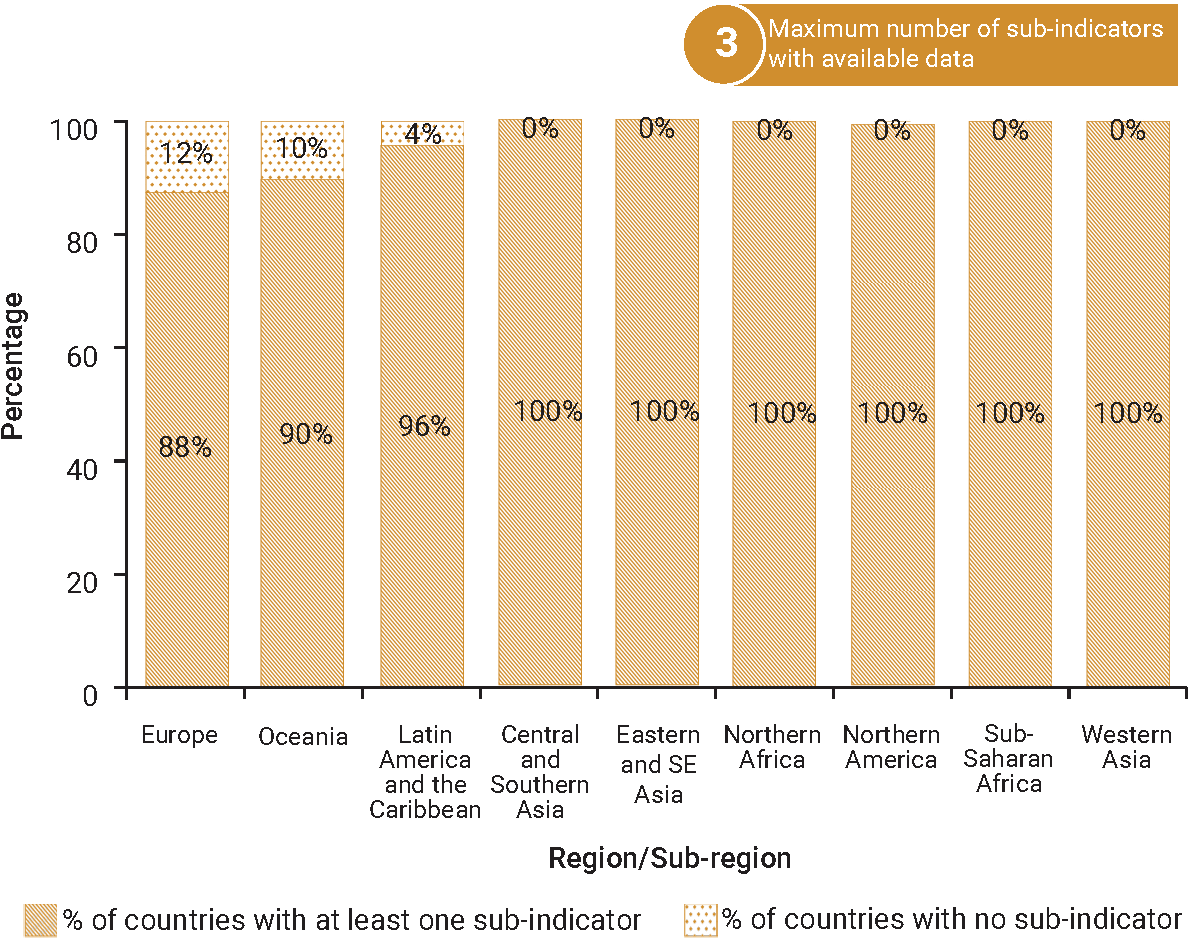SDG Indicator 8.4.2: Domestic material consumption, domestic material consumption per capita, and domestic material consumption per GDP
1. Key features and metadata
Definition: This indicator estimates the total amount of material (i.e. biomass, fossil fuels, metal ores, and non-metallic minerals) directly used in an economy.
| Sub-indicator | Disaggregated by |
|---|---|
|
EN_MAT_DOMCMPT Domestic material consumption (DMC), by type of raw material (tonnes) |
Types of raw material (biomass, fossil fuels, metal ores, and non-metallic minerals)
|
|
EN_MAT_DOMCMPG DMC per unit of GDP, by type of raw material (kilograms per constant 2015 USD) |
|
|
EN_MAT_DOMCMPC DMC per capita, by type of raw material (tonnes per capita) |
Sources of information: National Statistical Offices and various national and international datasets in the domain of material flow accounts, agriculture, forestry, fisheries, mining, and energy statistics.
Related SDG Indicators: 12.2.2 (duplicates), 12.2.1 and 8.4.1 (Material footprint, material footprint per capita, and material footprint per GDP).
2. Data availability by region, SDG Global Database, as of 02 July 2025

3. Proposed disaggregation, links to policymaking and its impact
| Proposed disaggregation | Link to policymaking | Impact |
|---|---|---|
|
Domestic material consumption by type of consumption (tonnes)(UNEP 2023d; UNEP-IRP n.d.):
Applies to:
|
The availability of this information through disaggregation allows for an understanding of the quantities that are used internally within a country, whether the material is domestically extracted or imported. This disaggregation can be used by governments to balance the outsourcing of material and energy intensive extraction and industrial processes to other countries (UNEP 2023d). This disaggregation is consistent with the 10YFP (UN 2012; UNEP 2024c). |
Decoupling wealth creation from resource use to move towards a circular economy entails transforming the way in which countries’ basic consumption needs are met to develop inclusive, resource-efficient and low-polluting economies. Beyond the environmental and economic benefits, by reducing harmful environmental effects and developing resource-efficient solutions, a decoupling policy can also generate substantial social and human well-being advantages (e.g. green job creation or reduced pollution-related illnesses (International Resource Panel [IRP] 2019). |

